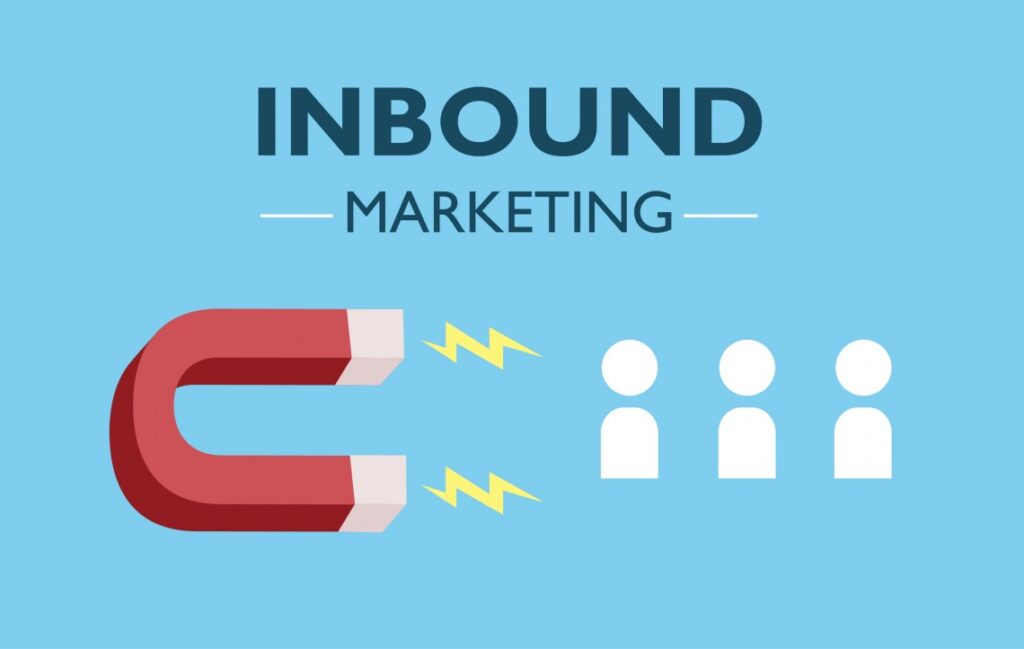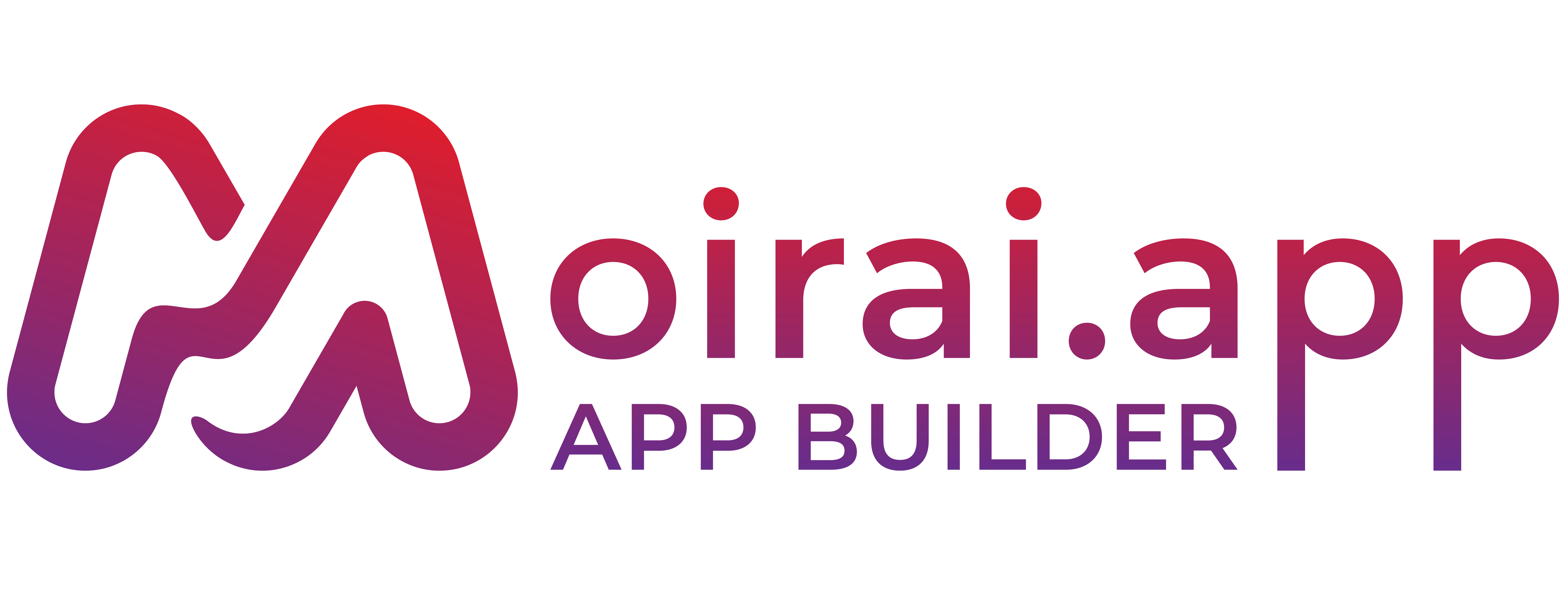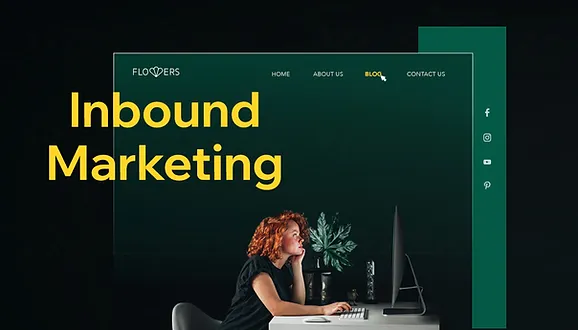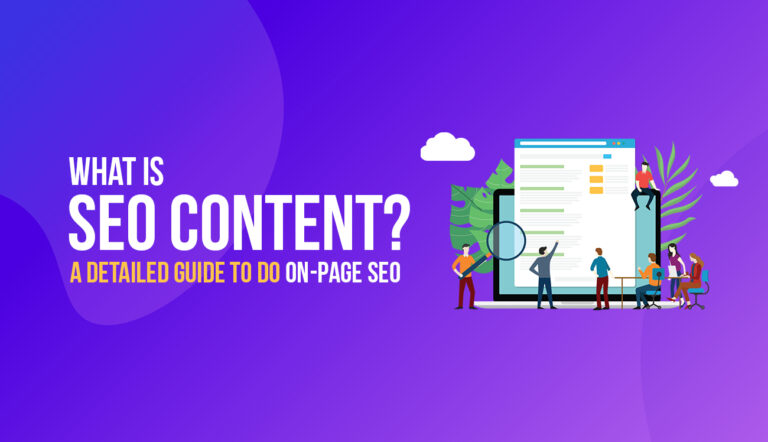To succeed in business, it’s crucial to keep up with current marketing trends. Traditional methods like print ads and cold calls are no longer effective. Instead, focus on building a website with engaging content that your target audience truly appreciates.
Inbound marketing, the practice of centering your marketing strategy around valuable content, has proven to be more effective than traditional methods in attracting and retaining customers. This article provides a comprehensive guide to inbound marketing, covering its definition, successful examples, and effective strategies.
What is inbound marketing?
Inbound marketing is a marketing methodology that involves creating engaging and relevant content pieces and experiences to attract customers to your brand. It includes building a professional website filled with great content, publishing compelling posts on your blog and social media channels, and boosting your website’s rank on Google (a practice known as SEO).
Inbound marketing focuses on providing users with valuable content, resources, and tools to attract them to your brand. This strategy not only attracts one-time buyers but also fosters a loyal customer base. Event marketing is an effective form of inbound marketing as it introduces potential customers to your brand through engaging events, increasing their interest and potential conversion.
Inbound marketing methodology
The key to successful inbound marketing is to engage with customers at every stage of the marketing funnel, from the first touchpoint through the final purchase. The objective of your promotional efforts should be to attract people to your brand, convert them into potential customers, close sales, and continue to provide delightful experiences even after the purchase.


For that reason, the inbound marketing methodology is divided into four phases: Attract, Convert, Close, and Delight:
- Attract: Generate leads by creating valuable and engaging blog posts, social media content, and other marketing materials. Sustainable marketing has also gained significant popularity as an inbound marketing method, given the increasing demand for environmentally-friendly products. Focus on attracting individuals who are already interested in your product or niche, as they have the highest potential to convert into customers.
- Convert: After attracting strong leads, continue targeting them with persuasive content that encourages them to convert into loyal customers. Begin by collecting their contact information and personal details. This can be achieved through landing pages and calls-to-action (CTAs), or by providing free downloadable content throughout your website.
- Close: Once you have converted your leads into prospective customers, guide them further down the sales funnel by providing compelling content that convinces them to make a purchase.
- Delight: Inbound marketing doesn’t end after the initial purchase. Keep delighting your customers by providing them with meaningful interactions and high-quality, informative content. This is crucial for building stronger relationships with your audience, establishing trust in your brand, and enhancing the reputation and credibility of your business.
Inbound marketing examples
Having gained a comprehensive understanding of inbound marketing, let’s explore various examples of this approach. These encompass:
- Blogs, such as our very own Moirai Blog.
- Infographics such as this one that present statistics about website users
- Whitepapers, such as these pieces from the Content Marketing Institute’s white paper library.
- eBooks, like these ones by SEMrush.
- Case studies, like these case studies from this page.
- Videos, like those found on popular YouTube channels.
- Webinars, such as these webinars by Moirai.
- Online courses, like the digital marketing classes offered by Moirai Academy.
- Email marketing involves sending emails to promote products and services.
- Podcasts, such as Chi Nguyen’s Work in Progress podcast.
- Social media posts, as seen on the Moirai.app Facebook page, Tiktok page…
- Quizzes and entertainment, like these recipes by Moirai.
- SEO Website, SEO Social media
Inbound Marketing is a strategy that focuses on sharing useful information, providing support, and offering solutions to customers. Through this approach, a brand establishes connections, encourages regular customer interactions, generates interest in products, and ultimately converts them into customers.
Brian Halligan – introduced the concept of Inbound Marketing to the world.
While there is a wide range of options, you’ll notice that inbound marketing largely focuses on content marketing, social media marketing, and SEO. These digital marketing tactics work together to attract organic traffic to a brand and guide customers through the sales funnel.





